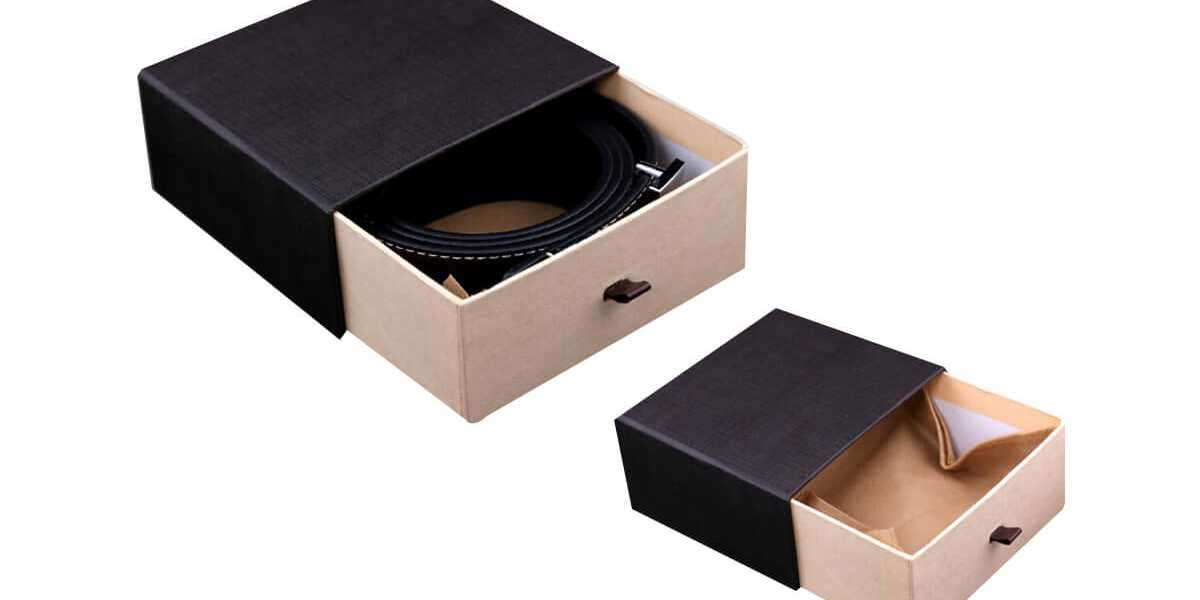Introduction:
In the tumultuous era of the Cold War, the world stood on the brink of nuclear annihilation during the Cuban Missile Crisis of October 1962. Tensions between the United States and Soviet Union had been escalating for years, with the two superpowers locked in a dangerous arms race. However, it was the discovery of Soviet ballistic missiles in Cuba, just 90 miles off the coast of Florida, that brought the world to the edge of catastrophe. This high-stakes showdown would test the resolve of leaders on both sides, captivating the globe and scaring millions with the impending threat of nuclear war.
Detailed Description:
In May 1962, Soviet Premier Nikita Khrushchev secretly began deploying nuclear-armed missiles to Cuba, a move that aimed to establish a strategic foothold in America's backyard. However, it was not until October 14th that U.S. intelligence officials obtained photographic evidence of the missile sites during a routine reconnaissance flight. This discovery sent shockwaves through the highest levels of American government, with President John F. Kennedy hastily assembling a team of advisers to chart a response.
The following days were marked by intense diplomatic negotiations, brinkmanship, and a palpable sense of paranoia. President Kennedy publicly announced the presence of Soviet missiles in Cuba on October 22nd, addressing the nation and demanding their immediate removal. The world held its breath as tensions escalated, fears of a catastrophic nuclear war growing with every passing minute.
Both sides engaged in a dangerous game of chicken, with the United States imposing a naval blockade to prevent further weapons delivery to Cuba and demanding the missiles be dismantled. The Soviet Union, however, remained defiant, rebuffing the U.S. demands and warning of dire consequences if the blockade was not lifted.
As the crisis unfolded, a collision course seemed inevitable. The world lived in the shadow of nuclear destruction, with schools conducting drills and families building bomb shelters. There was a constant fear that one wrong move could trigger a global catastrophe.
Finally, after nearly two weeks of heightened tension, a breakthrough emerged. Behind closed doors, Kennedy and Khrushchev began engaging in backchannel negotiations. On October 27th, Khrushchev offered to dismantle the missile sites in Cuba in exchange for a U.S. commitment to not invade the island and a secret promise to remove American missiles from Turkey. Kennedy accepted the offer, and both leaders agreed to stand down, avoiding a direct confrontation.
The Cuban Missile Crisis left an indelible mark on history, serving as a stark reminder of the dangers posed by nuclear weapons and the need for communication and diplomacy even during moments of extreme tension. It highlighted the fragility of the global order and the power wielded by leaders who held the fate of the world in their hands. Ultimately, the crisis propelled the superpowers towards a recognition of the need for arms control agreements and arms race limitation, ushering in an era of detente between the United States and the Soviet Union.








